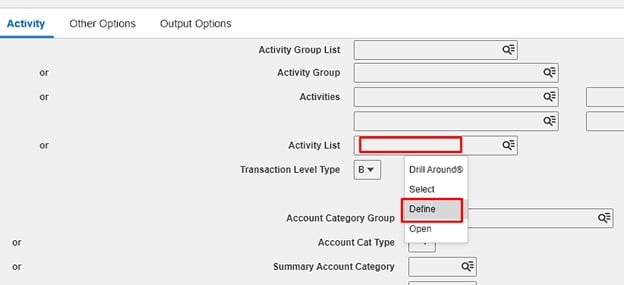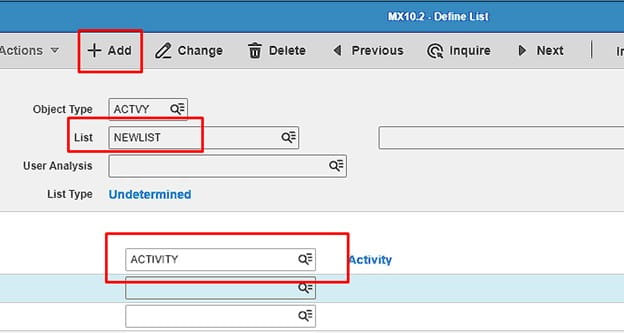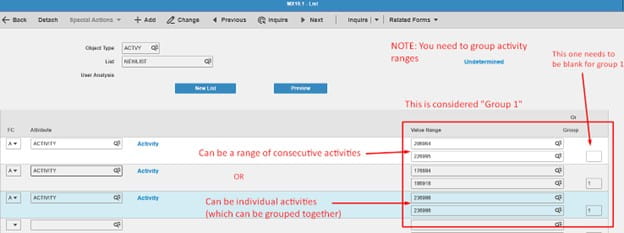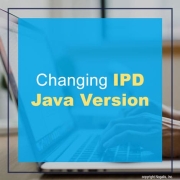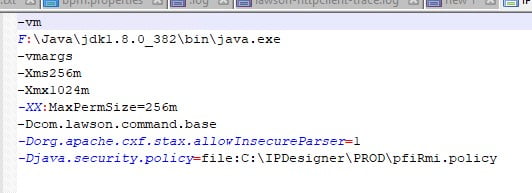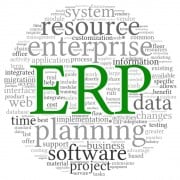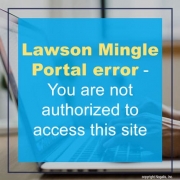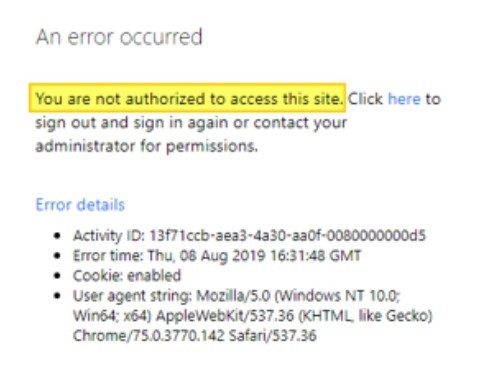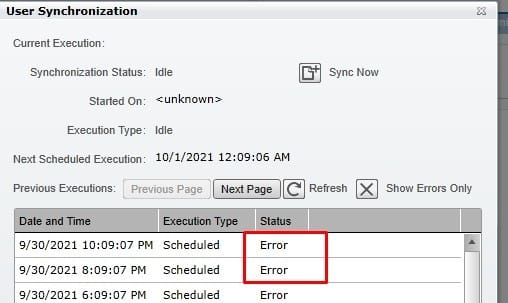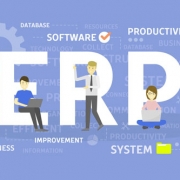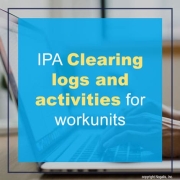While storing your business data in the cloud can be a cost-effective and accessible choice, there are still risks in losing everything no matter how secure. Losing access to your cloud data would be disastrous. So it is importance to practice backing up your cloud data regularly. Nick Martin, Forbes Council Member and CEO of Cyber Guardian Consulting Group, shares an article emphasizing the critical importance of backing up cloud data to avoid major risks. Here are his key takeaways:
- Misconceptions About Cloud Data Protection: Redundancy offered by cloud providers isn’t enough to protect data from deletion, whether accidental or malicious. Backup solutions must be independent of the cloud provider to ensure data recovery.
- Regulatory and Legal Risks: Businesses in regulated industries (e.g., finance and healthcare) are at risk of fines and legal consequences if they fail to back up data. Lost data can significantly impact legal cases, where supporting data is often required.
- Business Continuity and Data Loss: Reliable backups are essential to ensure business continuity in case of human error, cyber threats, or technical failures. Real-life examples are provided, including businesses that recovered important data after it was accidentally deleted or lost due to a cloud server failure.
- Ownership of Data and Vendor Lock-In: Without a backup plan, businesses risk being trapped by vendor lock-in, making it difficult and costly to migrate data or retrieve it if needed. Independent backups allow businesses more control over their data.
Protecting Cloud Data: To safeguard cloud data, businesses should implement regular automated backups, store data in geographically separate locations, use strong encryption, test backups, and maintain historical file versions. These measures ensure data resilience and quick recovery.
The article concludes that while cloud redundancy is not enough, a robust backup strategy is a vital, cost-effective insurance policy against data loss, legal challenges, and disruptions to business operations.



